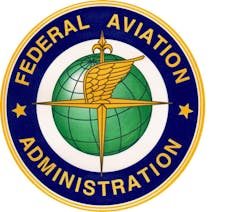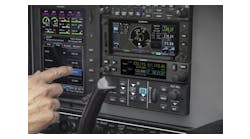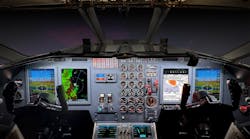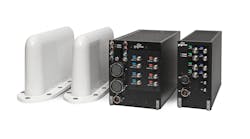WASHINGTON, DC – Federal Aviation Administration Deputy Administrator Mike Whitaker announced to a group of aviation leaders at the NextGen Institute today that the FAA will hold a “Call to Action” summit to engage the aviation industry in meeting the January 1, 2020 deadline to equip aircraft with new avionics technology. The all-day session will be held on October 28.
The FAA and the aviation industry will discuss how they can work together to resolve barriers and address potential challenges to meeting the mandate to equip tens of thousands of aircraft with Automatic Dependent Surveillance – Broadcast (ADS-B) Out avionics in the next five years. ADS-B is a core NextGen technology that will revolutionize the national airspace system. ADS-B will move aviation technology from a ground radar system to satellite-based GPS technology, increasing safety and efficiency by providing a more accurate view of aircraft location.
“The FAA has met its commitment and built the foundation for ADS-B,” Whitaker said. “It is time for all users of the national airspace – avionics suppliers, aircraft integrators, operators and installers – to work together to ensure that all aircraft flying in controlled airspace are equipped with these NextGen avionics. The full benefits of increased safety and efficiency of the national airspace depend on 100 percent equipage.”
The FAA published a final rule in May 2010, with industry input, that requires all aircraft flying in specific, controlled airspace, to equip with ADS-B Out avionics by 2020. ADS-B will use GPS technology to transform the national airspace system by providing more precision and reliability than the current radar system. With ADS-B Out, controllers get an update of the aircraft position almost continuously, compared to five seconds or longer with radar. This, in turn, allows more efficient spacing of aircraft and better use of our busy airspace. Aircraft equipped with ADS-B Out broadcast their flight position to controllers on the ground and to other pilots who are properly equipped with ADS-B, increasing safety and situational awareness.
The FAA recently completed the baseline ADS-B ground infrastructure with the deployment of 634 radio stations. This infrastructure is the building block for NextGen. Aircraft that equip with ADS-B avionics enjoy the benefits of improved safety and efficiency today.
The FAA first deployed ADS-B in Alaska in remote areas with no radar coverage and equipped more than 300 aircraft in Alaska with ADS-B systems. The improved situational awareness for pilots and extended coverage for controllers resulted in a 47 percent drop in the fatal accident rate for equipped aircraft in the southwest area of the state.
Today, in Alaska and the Gulf of Mexico, ADS-B Out surveillance decreases the likelihood of mid-air collisions, as well as improves the success rate of search and rescue missions. In addition, if severe weather blocks the usual flight plan between Florida and California, equipped carriers are able to fly a more efficient ADS-B route over the Gulf as opposed to the typical over-land reroute.
In the Gulf of Mexico, the FAA worked with oil and natural gas companies and helicopter operators to install a network of ADS-B ground stations on oil platforms to bring satellite surveillance to that busy airspace and improve efficiency. This enables helicopters to continue operations even in inclement weather and saves fuel.




